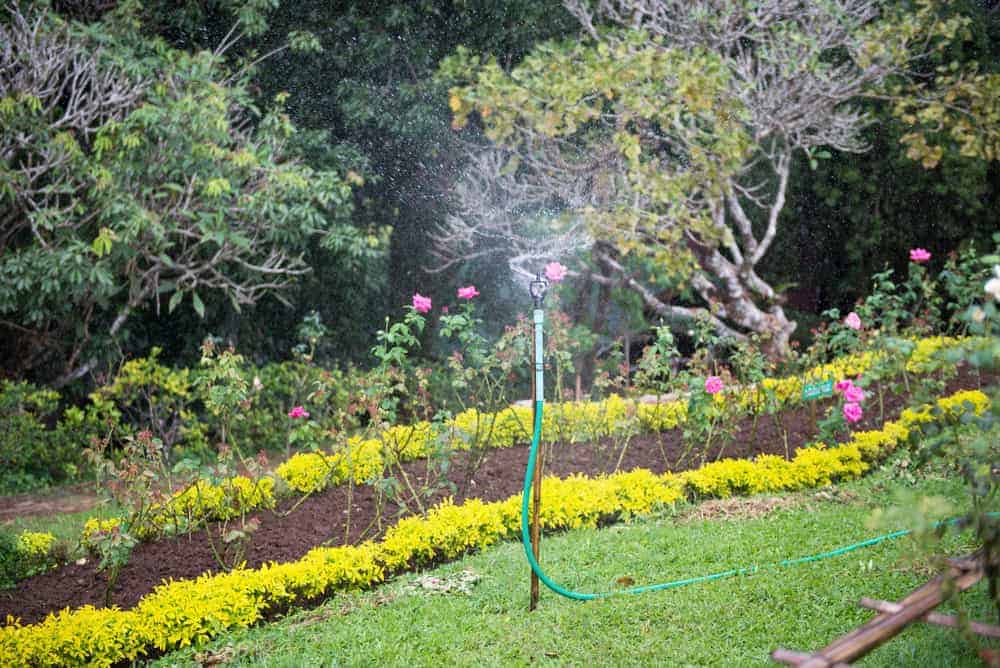When towns experience a drought or other water shortage, watering lawns is often one of the first limitations placed on residents. Unfortunately, this limitation, combined with the image of impossibly green golf courses with arched plumes of water spraying into the air, has helped unfairly malign sprinkler systems as a needless waste of water. But the truth is far more nuanced. Irrigation systems are actually often a great tool for saving water and money. Wondering how that can be true? Well, you've come to the right place! Today Southern Love will share how an irrigation system can benefit your Rollingwood property, environment, and wallet.
Type of Irrigation
 While there are many brands of irrigation systems and dozens of ways to spray or add on features, there are two basic irritations systems for residential properties: drip irrigation and sprinkler systems. Both are excellent ways to keep your landscape healthy, but each has pros and cons, so you may find one that is better for your situation.
While there are many brands of irrigation systems and dozens of ways to spray or add on features, there are two basic irritations systems for residential properties: drip irrigation and sprinkler systems. Both are excellent ways to keep your landscape healthy, but each has pros and cons, so you may find one that is better for your situation.
Sprinkler Systems
Sprinkler systems are the more visible form of irrigation, and today is the more common one, though when it comes to the history of irrigation, they're a relative newcomer to the scene. When people hear irrigation, they tend to be what comes to mind. Sprinklers are perfect for relatively even landscapes - meaning well-graded land is best for this irrigation. That's because the sprays of water from these may spread less evenly on hills or in a landscape with many different species of plants with different watering needs. Luckily even in uneven landscapes, you can adjust the spray trajectory to accommodate your land better. One of the other significant benefits is that they are relatively easy to install compared to drip irrigation. For many lawns, sprinklers are a good and relatively inexpensive add-on for their benefits.Drip Irrigation
Drip irrigation, while less well-known as an irrigation method, is especially effective for watering your plants because it delivers the water directly where the plants need it - the roots. When you manually water plants, you are pouring water on top of them, which is a little like if you tried to drink a glass of water upside down and pour it from one of your feet! Drip irrigation is located underground or just above, a more direct route to the root systems. Besides the issue of not going directly where it's needed, watering from above has other cons. When your land has any slant, too much water can run off your plants, preventing the water from getting to the roots. Then the downhill plants get overwatered while the uphill plants don't get enough! Finally, the sun takes its share. Evaporation, particularly during warm and dry weather, can soak up water before your plants can get what they need.Sprinkler Benefits
 While Southern Love is a landscaping company whose primary goal is to care for our clients' yards, irrigation has benefits that improve your property but stretch well beyond it.
While Southern Love is a landscaping company whose primary goal is to care for our clients' yards, irrigation has benefits that improve your property but stretch well beyond it.
 nikk@southernlovelandscaping.com
nikk@southernlovelandscaping.com